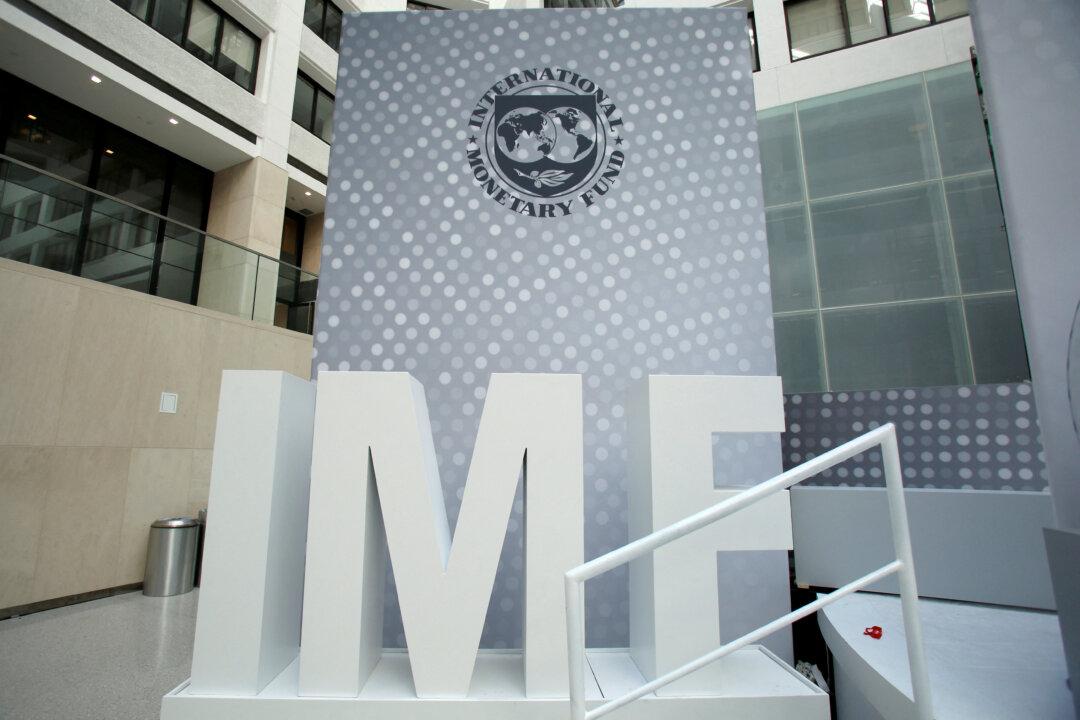Global economic growth will slow this year to 2.8 percent, down from 3.4 percent in 2022, according to the International Monetary Fund’s (IMF) World Economic Outlook (WEO). The baseline forecast suggests the GDP growth rate will climb to 3 percent next year.
Advanced economies are forecast to witness output of 1.3 percent this year, down from 2.7 percent. Economies in emerging and developing markets will experience growth rates of 3.9 percent this year, down from 4 percent last year.





